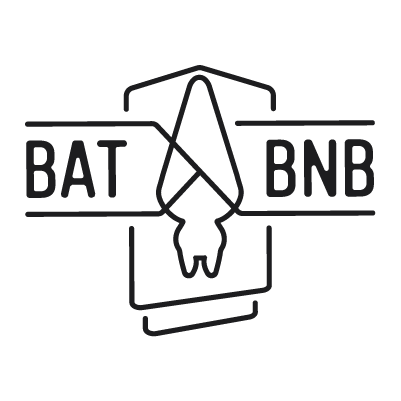How to make your garden pollinator friendly
February 17 2022 – Emily Stanford
June 21-27th is Pollinator week! Pollinators deserve our appreciation. In the United States alone, pollination of agricultural crops is valued at $10 dollars annually (USDA). Yet our pollinators’ population are disappearing at an alarming rate. Every year, we lose nearly one-half of all beehives. (BestBees). And bees aren’t the only pollinators in trouble; bats need our help too. Bats are unsung pollinating heroes; they pollinate and disperse seeds of over 500 different plant species! Yet nearly one-third of bat species in North America are on the decline (Mongabay).
Luckily there are several simple ways to help these pollinators in need. Want to learn how can you make your garden more pollinator friendly? Follow these 5 tips!
1) PLANT NATIVE PLANTS THAT ARE RICH IN POLLEN AND NECTAR

Both nectar and pollen are vital resources for pollinators like bees. Pollen provides proteins and fats, while nectar is loaded with the sugar that supplies bees with energy. The best thing you can plant for pollinators are native plants! Check out this resource to see which flowering plant species are native to your area.
2) PUT UP A WATER SOURCE

Birds enjoy bird baths for drinking and for preening, but they’re not the only ones who like using it: insects like bees and butterflies also benefit from having a bird bath nearby. Installing a bird bath is the easiest way to add water to your backyard habitat and to encourages pollinators to frequently visit your garden. (If you’re looking for a recommendation, our favorite bird bath designs are by Campania, you can see them here).
3) SWITCH FROM RELYING ON PESTICIDES
You probably already know about the damage that pesticides cause, not only to our wildlife but also to our own heath. Luckily, there are less damaging ways to discourage pests from pestering you in your garden. You can use bug-deterring sprays made from natural scents, or install a bat house! Read the next tip to find out how bats can replace pesticides.
4) INSTALL A BAT HOUSE!
A natural solution to pest control has been here all along: bug eating bats! Bats are natural and effective predators of many common garden pests including cucumber beetles, stink bugs, Japanese beetles, potato beetles and even mosquitoes. Installing a bat house in an ideal location is one of the best ways to encourage bats to take up residence in your garden.
5) INSTALL A BEEHIVE!
Beehives are great everywhere, even in urban gardens. If you’re looking to get a bee hive, The Best Bees Company is a great place to check out. They’re a dedicated team that helps guide you through the process and also helps support bee research. Not only will you be helping save the bees, but beekeeping is a fun hobby that will also provide you with your very own honey!
We hope you found this article helpful! If you want to get a bat house, feel free to use the discount code SAVEPOLLINATORS for 15% off.





0 comments